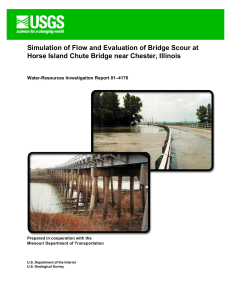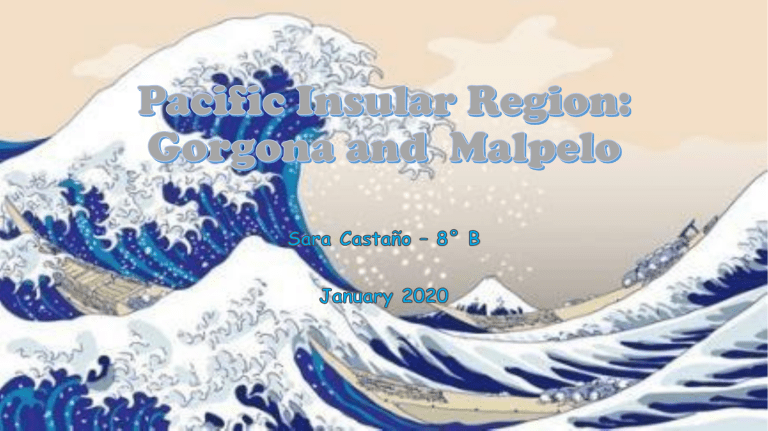
• The Pacific insular region of Colombia is the group of islands that are located in the Pacific Ocean. • It includes Gorgona, Gorgonilla and Malpelo Islands. Gorgona island. 1. Location: Gorgona is located 35 km off the coast of Cauca Department, to the west of Colombia. 2- History: Spanish conquerors first visited Gorgona in 1524, when it was discovered by Diego de Almagro, who named it San Felipe. In 1522, Francisco Pizarro arrived there and named it “Gorgona”, refering to “Gorgons”- women with snales as hair, from the greek mythology, due to the large number of snakes in the island. In 1959, the island was turned into a Prison. In 1984, the prison was closed and declared by UNESCO, as a world heritage site. 3. Geography: It has an area of 26 km2. It is surrounded by Gorgonilla island and 3 islets. The terrain is mountainous with some peaks. On the Eastern side, there are white sand beaches and a very dense humid jungle covers the center of the island. 4. Climate: The island has a temperature of 27°C, with 98% of humidity and intense rainfalls during all the year and misty days. 5. Natural Resources - Flora and fauna: The island is rich in fresh water with rivers, streams and lakes and valuable wood. It is also the place of a countless number of animals. It hosts several endemic species such us 2 marine worms, a terrestrial snail, a fresh water crab, 2 butterflies, 1 scorpion, 1 blue lizard – Blue anole lizard – which is the only blue lizard in the world, 3 birds, one semi-spiny rat, 1 sloth and several species of insects. Moreover, in the island there are 14 amphibian species, 148 bird species, 75 migratory birds, of which, 13 are resident, 9 terrestrial and 4 marine. About the marine fauna, Gorgona is the passage of the humpback whale and there are also species such us the hammerhead shark, the whitetip reef shark, sea turtles, the whale shark and the moray eel. The island is the mating, breeding and feeding site for all these organisms. Gorgona also stands out a variety of Coral reef, the most diverse and developed coral bank in the Eastern Tropical Pacific Ocean, which is the largest in the Country´s Pacific Region. 6. Economy: The main source of income is tourism, specially eco-tourism. Malpelo. 1. Location: Malpelo is located 500 km off the coast of Cauca Department, to the west of Colombia. It is the unique oceanic island in the Pacific coast. 2. History: The first visitor was Cristobal Vaca de Castro in 1542. In 1550 Malpelo was recorded for the first time in Pierre Descelier’s map. In 1995 Malpelo was designed as a flora and fauna sanctuary. It was declared a World Heritage Site in 2006 by UNESCO. 3. Geography: Malpelo is the cusp of a submarine mountain range that belongs to Andes system. It is a volcanic island that has a longitude of 1643 m, with cliffs and 11 islets around it. Its highest peak called “Cerro de la Mona” is 300m high. 4. Climate: It has a temperature of 27° C. The weather is influenced by Alder winds that condense in the island and produce, most of the time, a dense fog. Rainfalls are frequent, except between December and March, which corresponds to dry period. • 5. Natural Resources - Flora and fauna: Terrestrial and underwater flora is scarce. Microalgae, lichens, mosses and a creeping fern grow mainly on the island. Underwater, some seaweeds grow. About fauna, there are several endemic species : a land crab, the Malpelo lizard and a gecko. There are also 70 arthropods and annelides species. Malpelo hosts endangered migratory species such us tunas and snappers. In the island there is the largest seabird nesting colony in Colombia, with a population of 80,000 birds including the Nazca alcatraz and the Galapagos seagull. Marine fauna is so variated with 395 fish species, including large concentrations of hammerhead sharks, whales and dolphins. The island has a diversity of ecosystems: corals, tunnels, caverns and ocean floor.
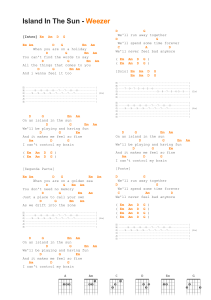
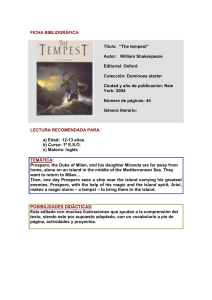
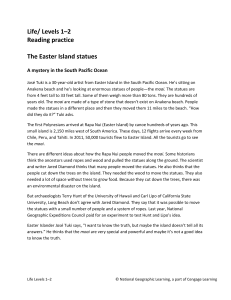
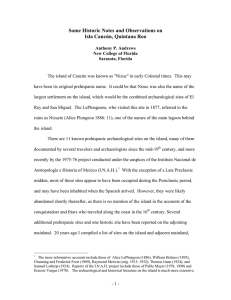
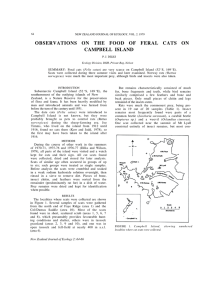

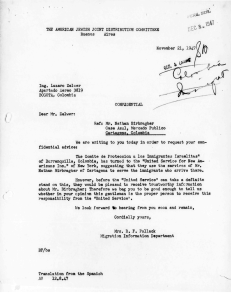
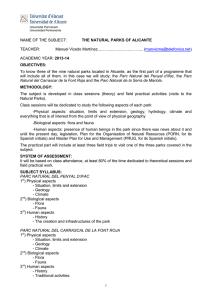
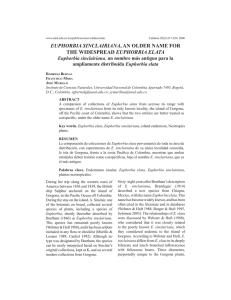
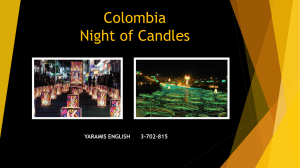
![La Palma and its Parador [brochure]](http://s2.studylib.es/store/data/006382234_1-cfd816abc6aaffa3c0f789b5a5f22e07-300x300.png)
